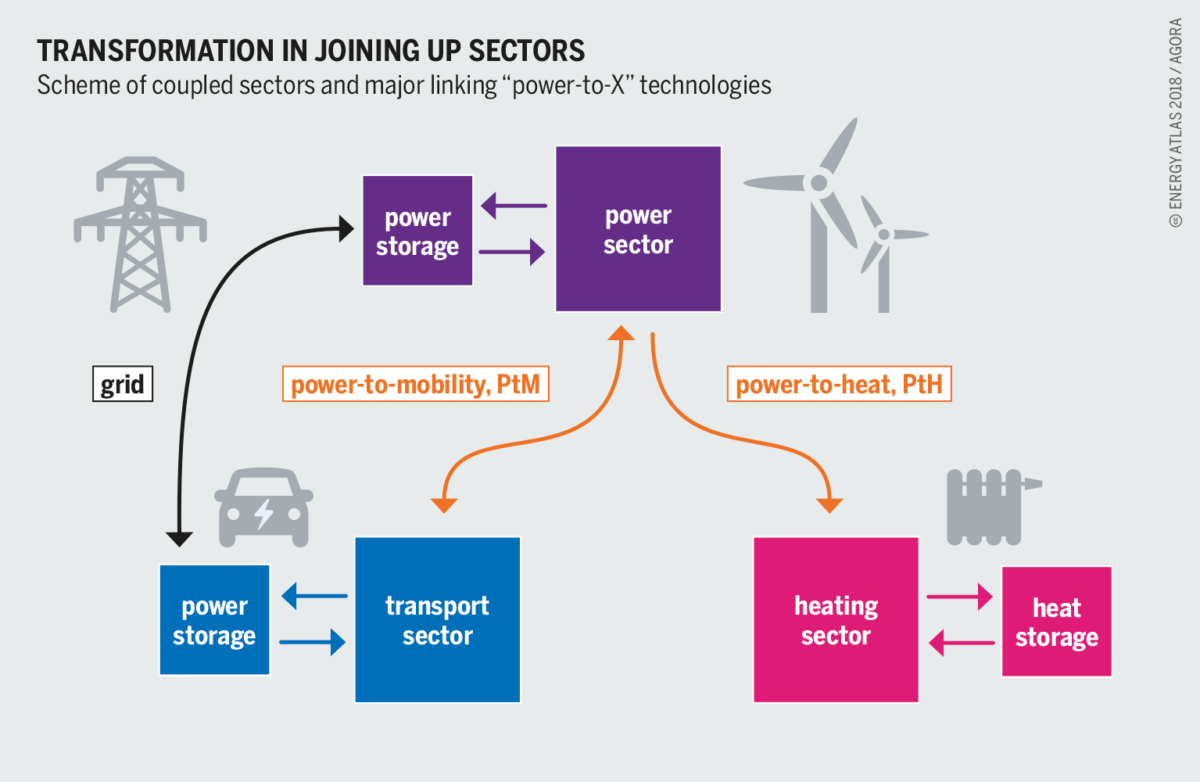From pv magazine Germany
Green fuels will be able to cover around 28% of the global energy demand with 43,200 TWh in 2050. This is one of the main findings of a new study by Finland’s Lappeenranta University of Technology (LUT) and the German Energy Agency (DENA), which was commissioned by the Global Alliance Powerfuels.
The paper is based on the LUT Energy System Transition model, which envisages that the world will be powered entirely by renewable energy sources in 2050. In this scenario, the so-called powerfuels, which are synthetic gaseous or liquid non-biofuels that draw their energy content from renewable electricity, will become the most important energy sources, alongside the direct use of clean energy technologies.
The study assumes that, depending on the type of application, different power fuels with specific properties will establish themselves on the global market, including methanol, hydrogen, methane, ammonia and liquid energy carriers produced using the Fischer-Tropsch process.
Sustainable CO2 sources are important for the production of carbon-based powerfuels – around 6,000 megatons of CO2 will be required for this purpose every year. This raw material is then largely obtained by direct air capture, which creates a closed CO2 cycle.
The proposed scenario envisages an intensive global trade for powerfuels so that production can take place at the world's cheapest locations. Their costs could drop to between €50 and €80 per megawatt-hour in 2050. Compared to pure self-sufficiency with power fuels, Europe in particular could reduce the costs for climate-neutral energy sources by 15 to 30% through imports from South America, Africa and the Near and Middle East.
According to the study, especially in regions with a high potential for renewable energies, powerfuels can contribute to domestic value creation and the development of sustainable industry. The size of such a global market would be around €2.1 trillion in 2050. To establish it, investments of up to €18 trillion could be made in the coming decades, with a large part of that going to the construction of photovoltaic and wind energy systems. This corresponds approximately to the current forecast investment needs of the oil and gas industry in the same period in a business-as-usual scenario. “The results of the study show that it is ecologically and economically necessary to shape the investment environment for powerfuels positively today so that global markets can emerge in the future,” said Andreas Kuhlmann, spokesman for the Global Alliance Powerfuels. “This also means promoting direct air separation of CO2 and the expansion of renewable energies.”
This content is protected by copyright and may not be reused. If you want to cooperate with us and would like to reuse some of our content, please contact: editors@pv-magazine.com.



2 comments
By submitting this form you agree to pv magazine using your data for the purposes of publishing your comment.
Your personal data will only be disclosed or otherwise transmitted to third parties for the purposes of spam filtering or if this is necessary for technical maintenance of the website. Any other transfer to third parties will not take place unless this is justified on the basis of applicable data protection regulations or if pv magazine is legally obliged to do so.
You may revoke this consent at any time with effect for the future, in which case your personal data will be deleted immediately. Otherwise, your data will be deleted if pv magazine has processed your request or the purpose of data storage is fulfilled.
Further information on data privacy can be found in our Data Protection Policy.